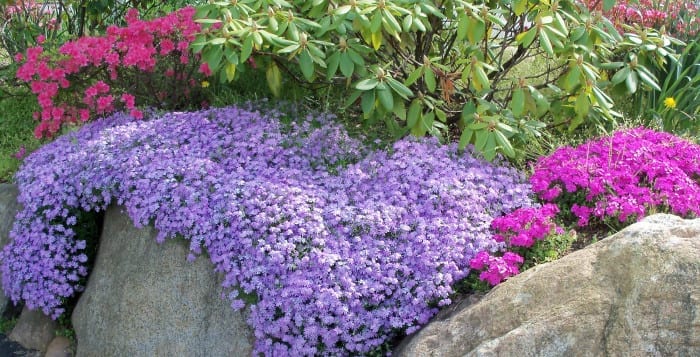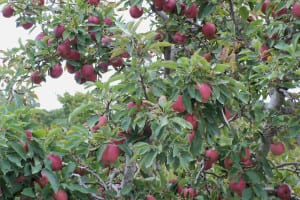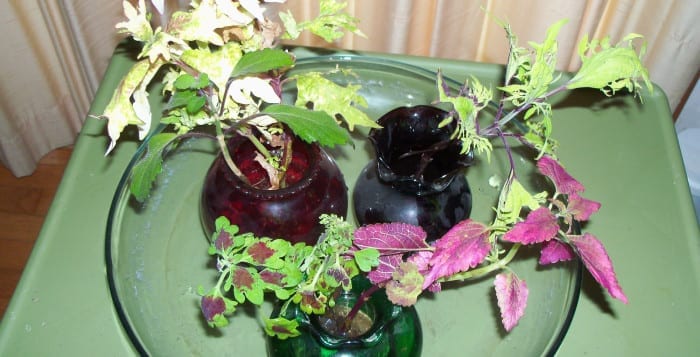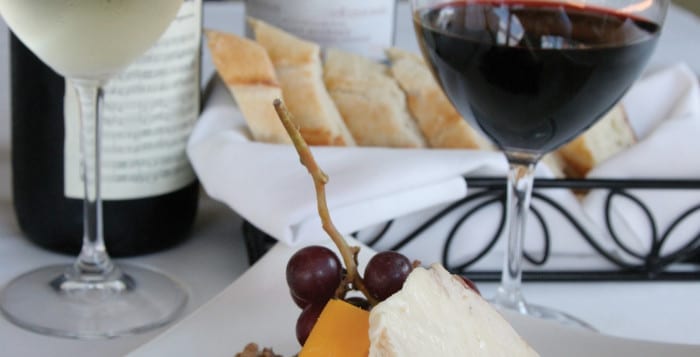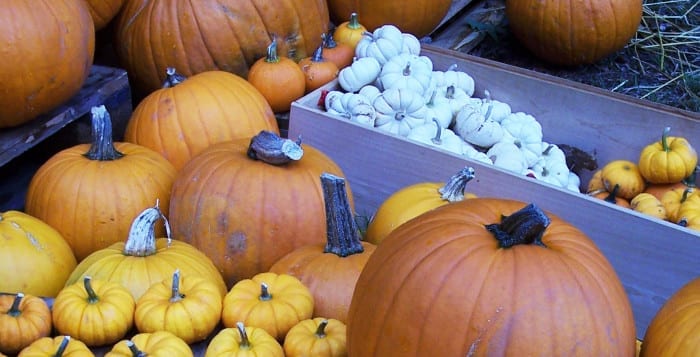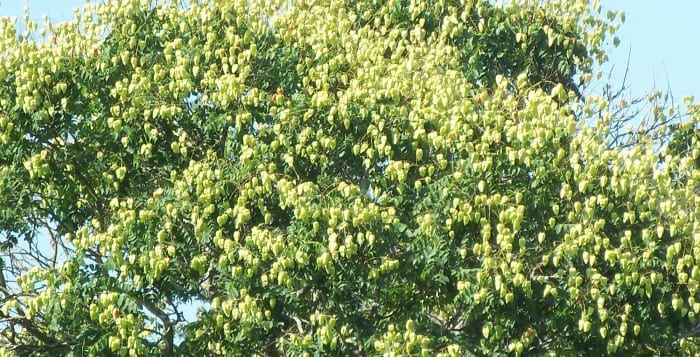By Bob Lipinski
“Some are kissing mothers and some are scolding mothers, but it is love just the same, and most mothers kiss and scold together.” — Pearl S. Buck
When we think of Mother’s Day, images of multicolored flowers, greeting cards with heartfelt words and perhaps breakfast in bed come to mind. Platters of cheese, dried fruit and chilled glasses of wine usually are not thought of in the same breath.
Oh by the way, it wasn’t until May 9, 1914, that President Woodrow Wilson issued a proclamation declaring the first national Mother’s Day.
Now, my idea of a Mother’s Day celebration starts several days before, shopping for the many delicacies mom will certainly love. On the shopping list should be balsamic vinegar, dried apricots and cherries (or cranberries), unsalted walnuts, green and black seedless grapes, strawberries dipped in chocolate and wines … rosé and Champagne. We also need a bouquet of multicolored flowers or perhaps several different colored rose bushes for later planting to keep Mother’s Day all summer long.
There is an old saying, “You eat and drink with your eyes” and that’s precisely where we are headed.
Regarding cheese, purchase a wedge of an orange-colored New York State cheddar, a wedge of your favorite blue cheese, a wedge of brie (bree) from France and a hunk of Parmigiano-Reggiano from Italy.
Regarding rosé and sparkling wines, here are my recommendations:
2014 Jaboulet Parallèle “45,” Rhône Valley, France. Blend of Grenache, Cinsaut and Syrah grapes; perfumed aroma of a fruit salad, wild berries and candy apples. Light-bodied with a zesty aftertaste.
2014 Hecht & Bannier; Côtes de Provence, France. Blend of Grenache, Cinsaut and Syrah grapes. Fruity bouquet of cherries, pomegranate and herbs. Clean, crisp tasting and well balanced, with hints of watermelon. Lovely finish and aftertaste.
Pol Roger Brut Rosé 2006, Champagne, France. Blend of pinot noir and chardonnay. Salmon colored with a bouquet bursting of raspberries, pomegranate and oranges. Full in the mouth with citrus, wild cherry and spices. The wine is dry, yet a fruity flavor persists to the end.
N.V. Chandon “Brut”; Napa, California. An abundance of tiny bubbles as well as an aroma and flavor of ripe wheat, toasted bread and a lemon-fresh aftertaste makes this a very enjoyable wine.
Now, let’s assemble the delicacies: On a large, flat satin-white platter, carefully plate the cheese so the various colors and shapes stand out but do not touch. Around the cheeses, arrange some green and black grapes, walnuts and dried apricots or cherries. Carefully, place two chocolate-dipped strawberries in front of each piece of cheese. Ever so lightly, drizzle about 1/4 teaspoon of balsamic vinegar over the Parmigiano-Reggiano cheese. Before we invite mom to partake, be sure there are napkins, perhaps some espresso and a camera. That’s it … and say hello to mom for me!
Bob Lipinski, a local author, has written nine books, including “Italian Wine Notes” and “Italian Wine & Cheese Made Simple” (available on Amazon.com). He conducts training seminars on wine & cheese, sales, time management and leadership. He can be reached at boblipinski.com or at [email protected].

